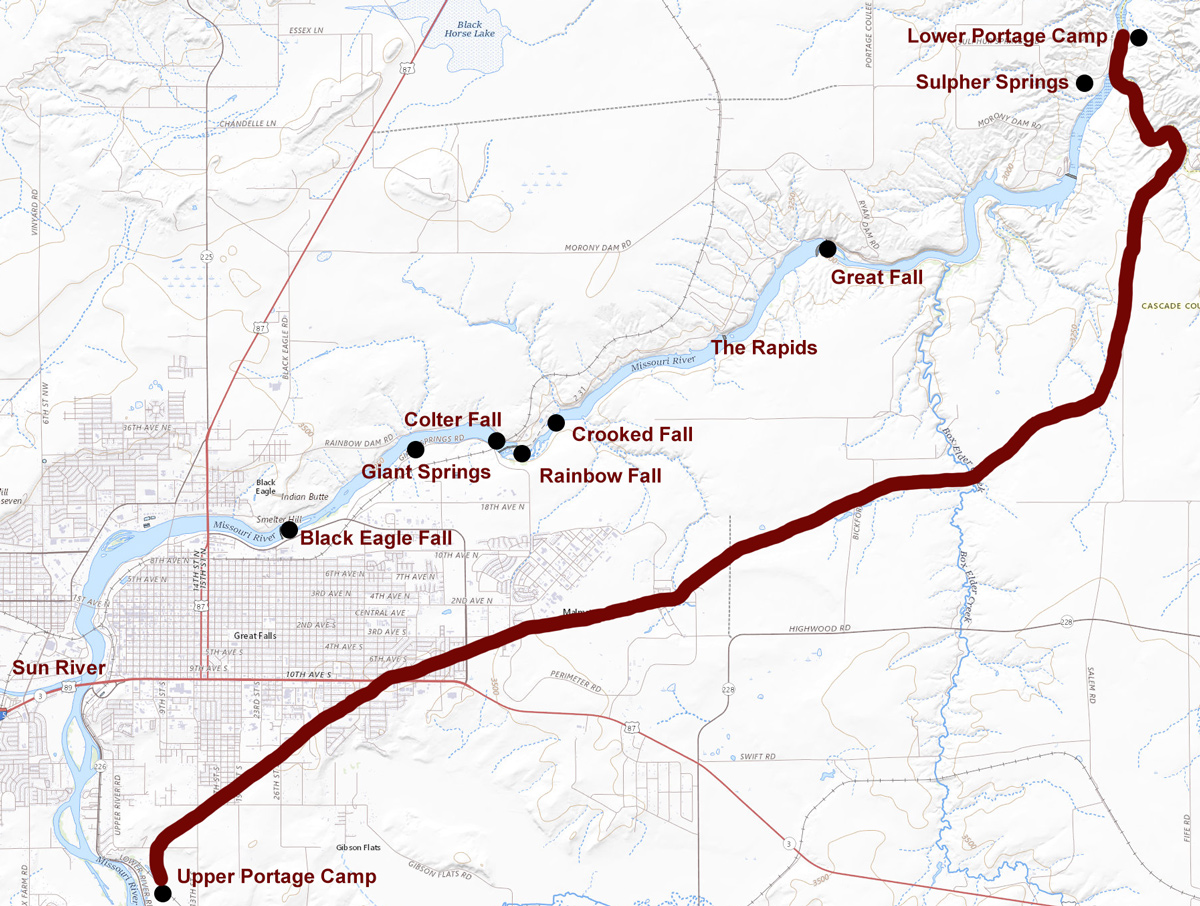Lewis found the Falls of the Missouri “truly magnifficent and sublimely grand” and everyone found the portage around them long and difficult. During this time, Sacagawea is “gravely ill, delirious, and much reduced by her indisposition.” The two captains try several treatments including water from Sulpher Spring. On the Fourth of July, the men celebrate with music and dance and drink their last drop of whiskey for the next 13 months. Before proceeding on, they must build two more canoes, as the iron-framed boat was too leaky to use.
The Falls of the Missouri
Base map from U.S. Geological Service National Map, www.usgs.gov/programs/national-geospatial-program/national-map
This maps shows the major landmarks and portage route between the lower and upper camps—a relatively small portion of the historic Lewis and Clark Trail that took an entire month to travel.
The Story
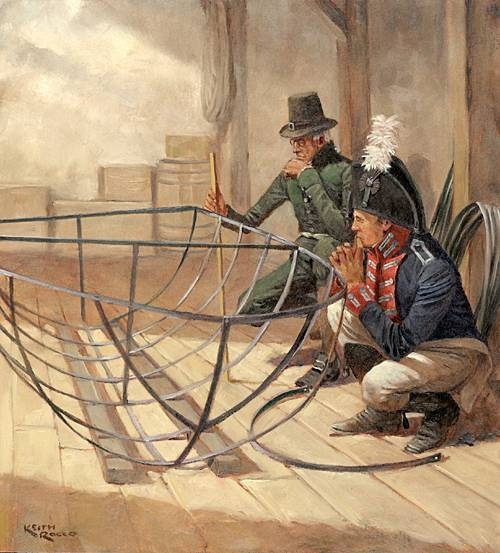

The explorers assembled the iron-framed boat in the early summer of 1805 at the Upper Portage Camp, upstream of the Great Falls. There Lewis and the men put together the frame. “We called her the Experiment,” wrote Sergeant Patrick Gass.
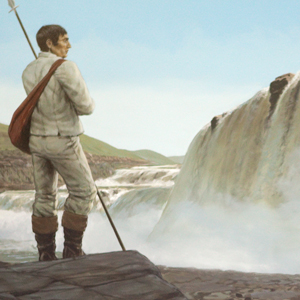

The captains were worried. The expedition was quickly running out of time and space: time to cross the Rockies before winter, and space to find the Shoshones, with their horses and guides. Another month of increasingly toilsome river travel would ensue.
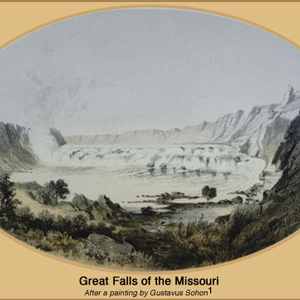

“I wished for the pencil of Salvator Rosa, or the pen of Thompson, that I might be enabled to give to the enlightened world some just idea of this truly magnifficent and sublimely grand object, which has from the commencement of time been concealed from the view of civilized man”
The Falls of the Missouri
by Joseph A. Mussulman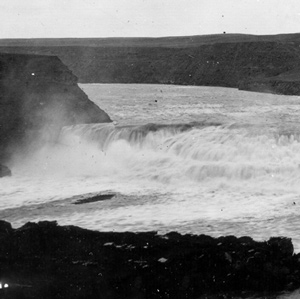

From Indian information the previous winter, the captains knew they would encounter a great falls in the Missouri River. What they found was a 14-mile-long series of waterfalls and rapids that drops 473 feet.
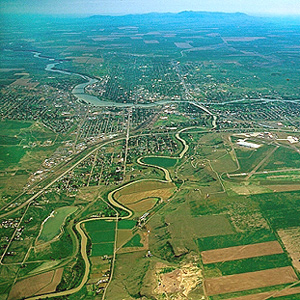

The day’s “succession of curious adventures wore the impression on my mind of inchantment,” he mused. “It now seemed to me that all the beasts of the neighbourhood had made a league to distroy me.”
June 14, 1805
A great many falls
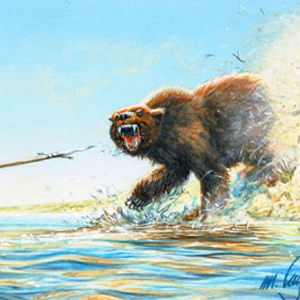

At the Falls of the Missouri, Lewis finds a continuous series of waterfalls and a combative grizzly bear. Clark and the boats struggle to make ten more miles and Sacagawea’s illness becomes “Somewhat dangerous”.
Mapping the Falls
by Joseph A. Mussulman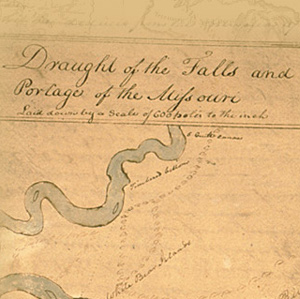

The falls of the Missouri comprised the most remarkable of all the “remarkeable points” that Clark described and mapped in conscientious obedience to an order from Thomas Jefferson to take observations “with great pains & accuracy.”
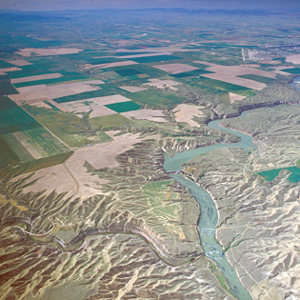

By the evening of 15 June 1805, Clark had gotten the canoes and the white perogue as close to the Great Falls as possible, and the next afternoon Lewis joined him at the “lower portage camp,” a mile below the mouth of Belt Creek.
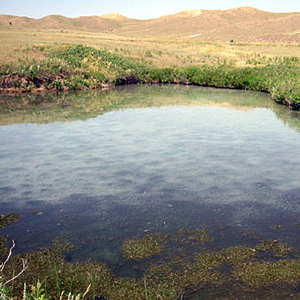

On his return to the mouth of the Marias, Lewis found Sacagawea gravely ill. He had his men cross the river “to procure the water of the Sulpher spring,” “the virtues of which,” Lewis asserted, “I now resolved to try on the Indian woman.”
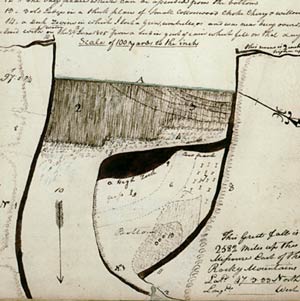

On 17 June 1805, Clark and five men set out to determine the best portage route around the Great Falls of the Missouri. On the way up the river, he stopped to also measure the fall of the river and to map the falls.
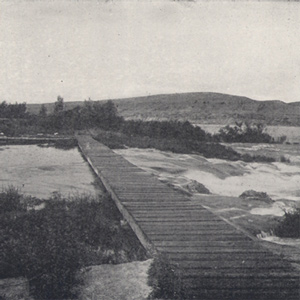

Clark and his five men “proceeded on up the river a little more than a mile to the largest fountain or Spring I ever Saw, and doubt if it is not the largest in American Known.”
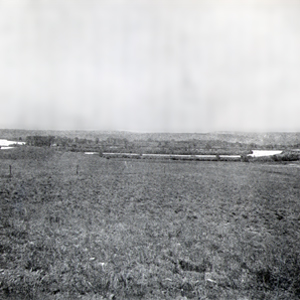

The shuttling of all the baggage and six canoes across the prairie to the upper portage camp opposite White Bear Islands began on 21 June 1805 and was completed on 2 July 1805. All in all, it was one of the most grueling undertakings on the entire expedition.
June 21, 1805
The portage begins
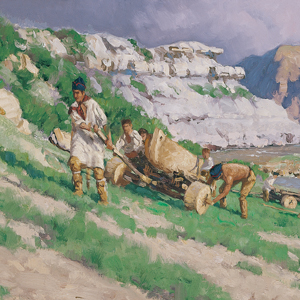

The portage of the Great Falls of the Missouri begins when they cart a dugout up the slope at Belt Creek. They load it with the iron-framed boat and items needed to establish a camp above the falls.
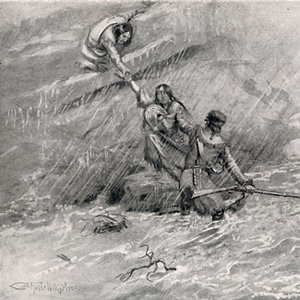

Of all the near-calamities the Corps of Discovery experienced, none was more dire than the one that occurred on 29 June 1805 in a normally dry ravine a short distance above the Great Fall. The principals were Charbonneau, Sacagawea, Jean Baptiste, York, and William Clark.
July 1, 1805
The last canoe portaged


The last dugout is brought to the White Bear Islands. Hides are sewn onto the iron-framed boat‘s eight sections and sealant for the seams is prepared. Grizzly bears and mosquitoes are troublesome.
July 4, 1805
Ardent spirits
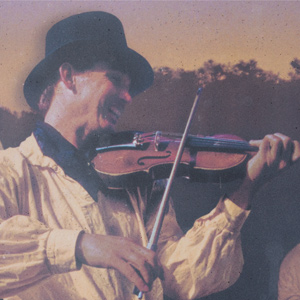

Above the Great Falls of the Missouri, the iron-framed boat is placed over fires to dry. Lewis hears booms that sound like artillery fire, and everyone celebrates Independence Day with ardent spirit.
Unaccountable ‘Artillery’ of the Rockies
by Joseph A. Mussulman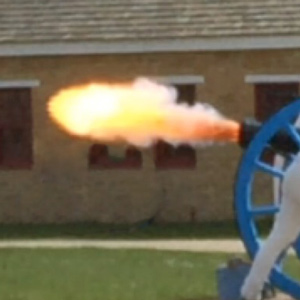

Near the Great Falls, Lewis describes loud noises “resembling precisely the discharge of a piece of ordinance of 6 pounds at the distance of three miles.” Thunder didn’t seem likely as “It was perfectly calm, clear, and not a cloud to be seen.”
July 9, 1805
Sinking the iron-framed boat
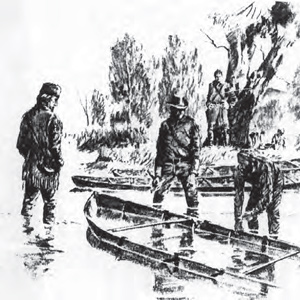

The iron-framed boat is too leaky, and it is intentionally sunk. The captains plan to build two new dugout canoes, and Lewis collects a specimen of blue flax—new to science and a namesake species.
July 14, 1805
Launching the new canoes
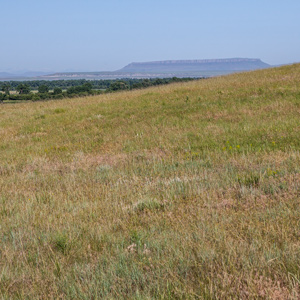

Lewis remarks on the view of Square Butte from their canoe camp near present Ulm, Montana. Sgt. Ordway brings the remaining dugouts, the two new canoes are launched, and all is made ready for departure.
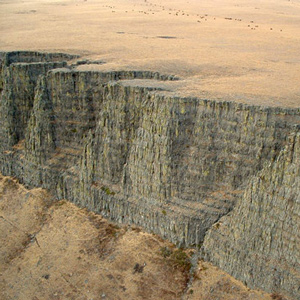

“This mountain has a singular appearance. it is situated in a level plain, it’s sides stand nearly at right angles with each other and are each about a mile in extent … from it’s figure we gave it the name of fort mountain.”
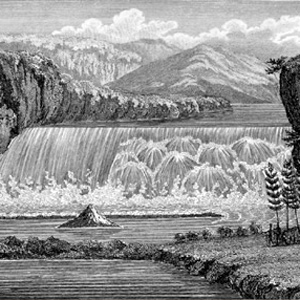

After Lewis’s preliminary sketch, later artists and photographers contributed to the visual documentation of the “sublimely grand” waterfall including Barralet, Gustavus Sohon, A. E. Mathews, and F. Jay Haynes.
